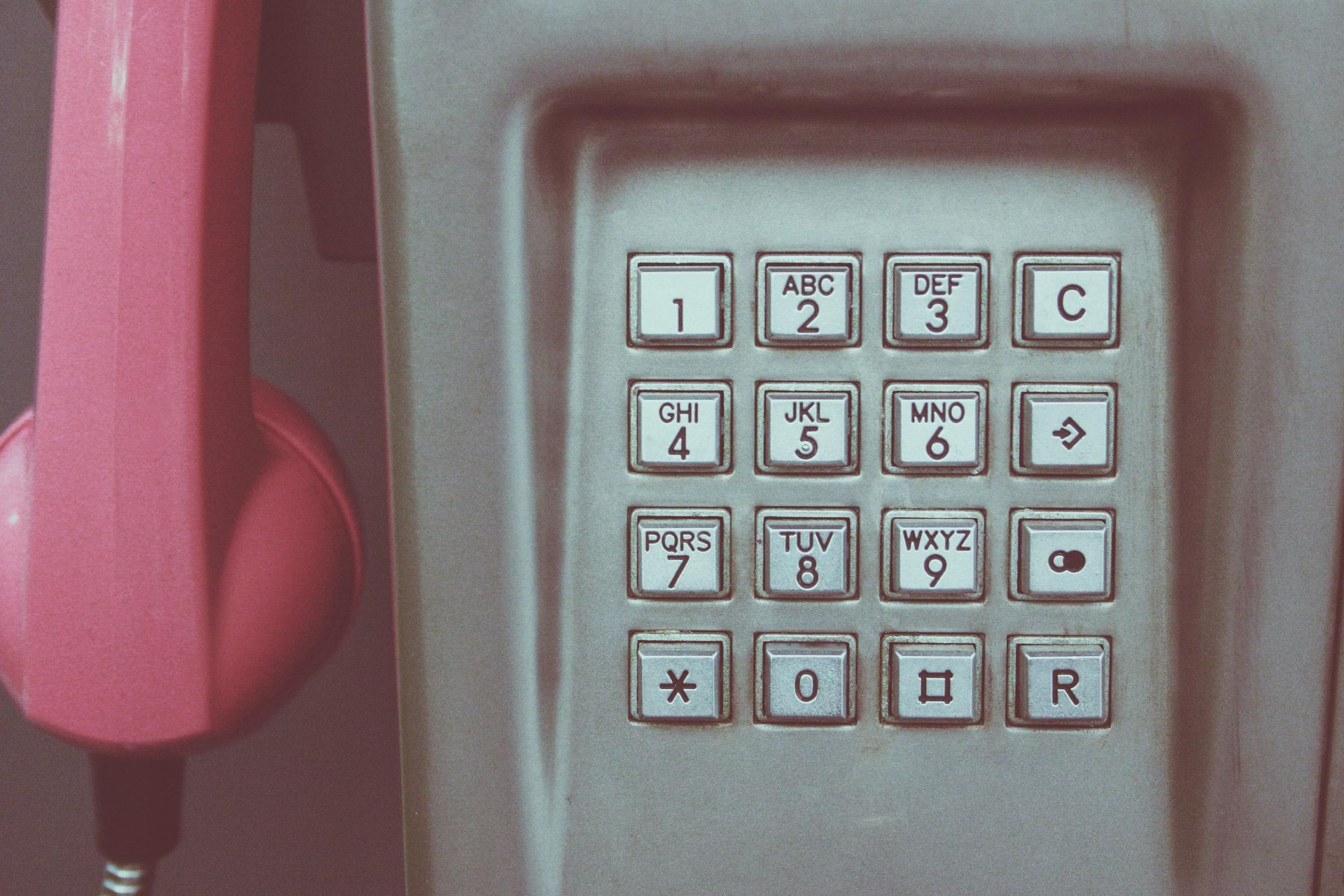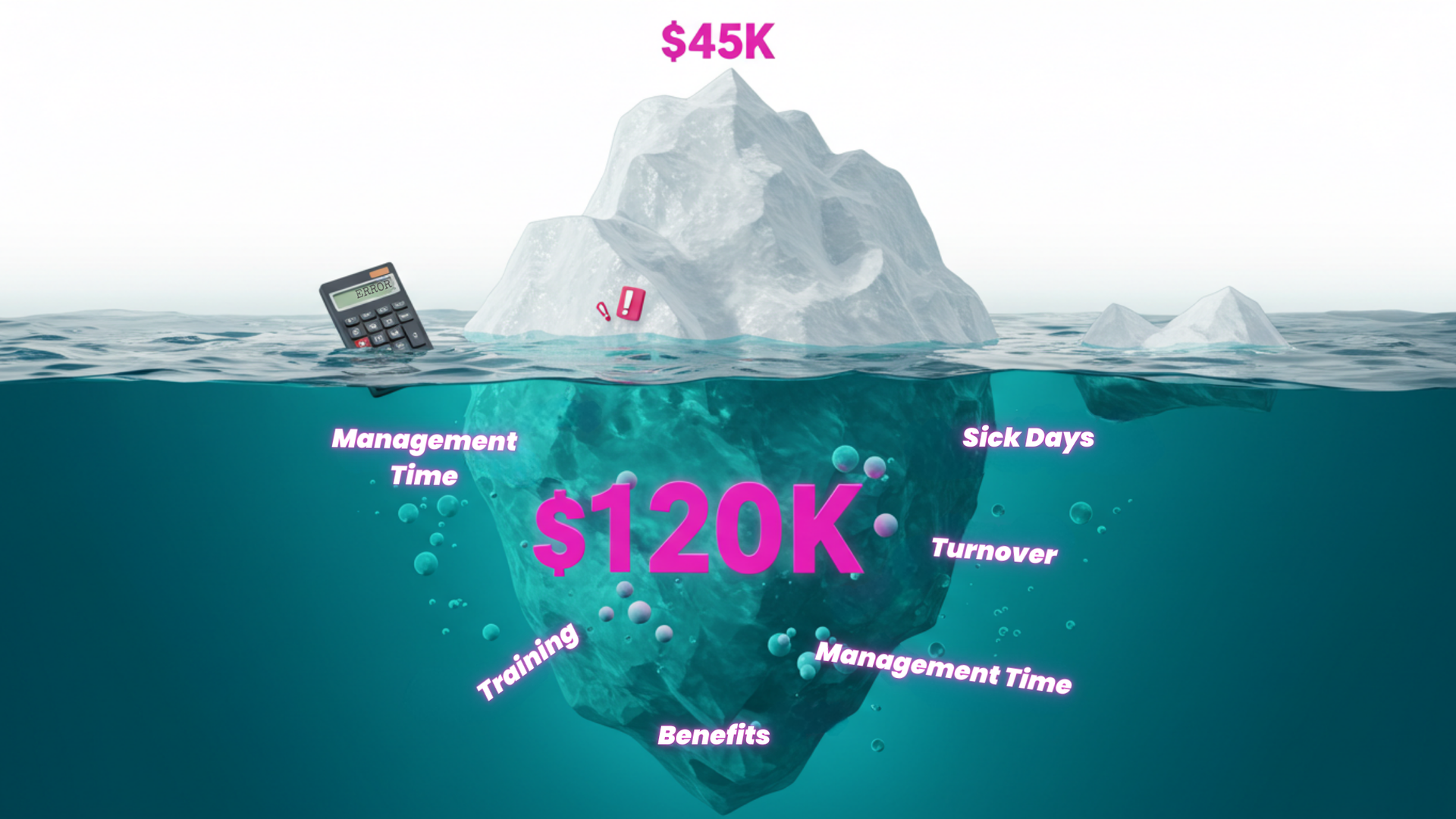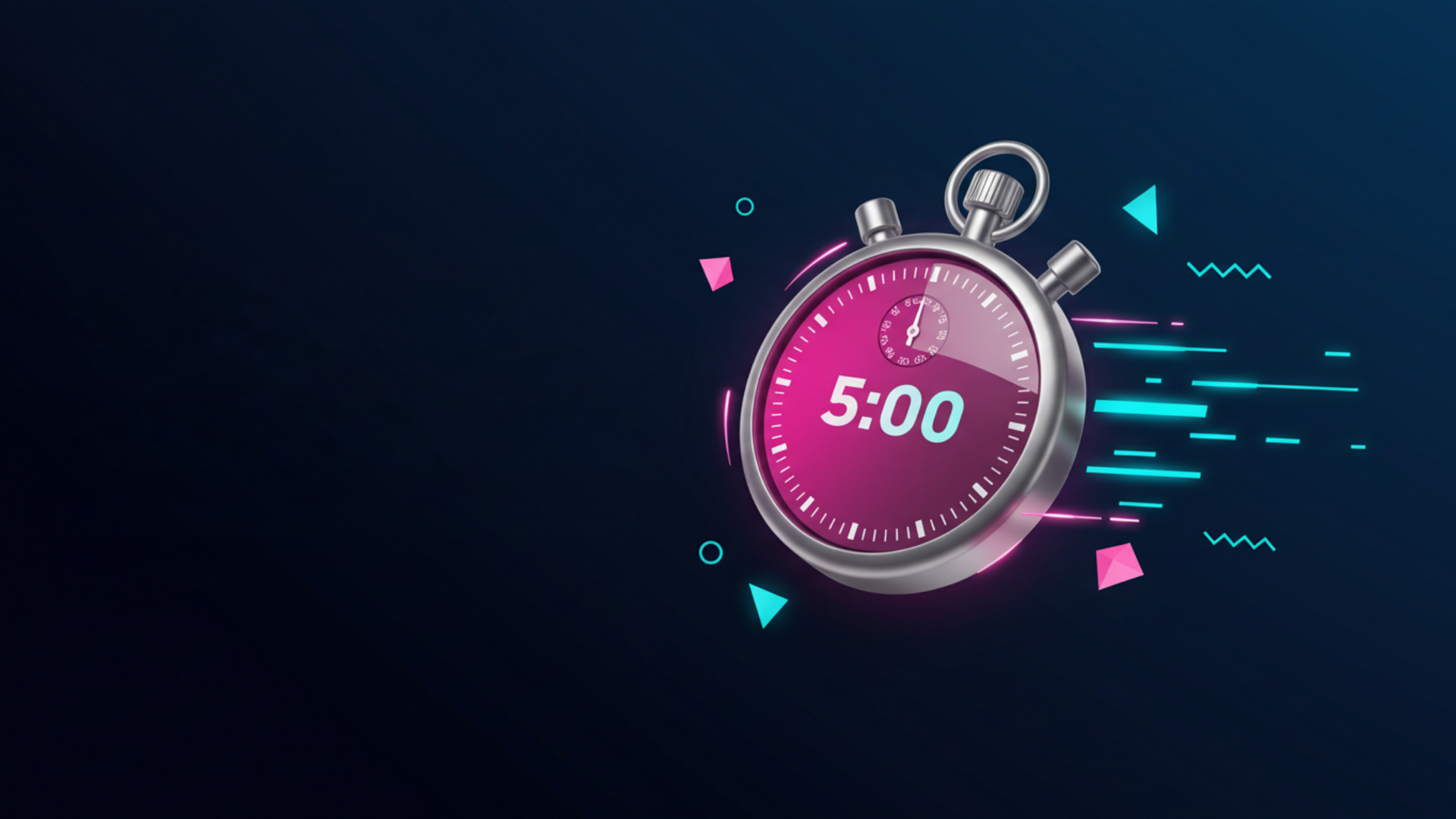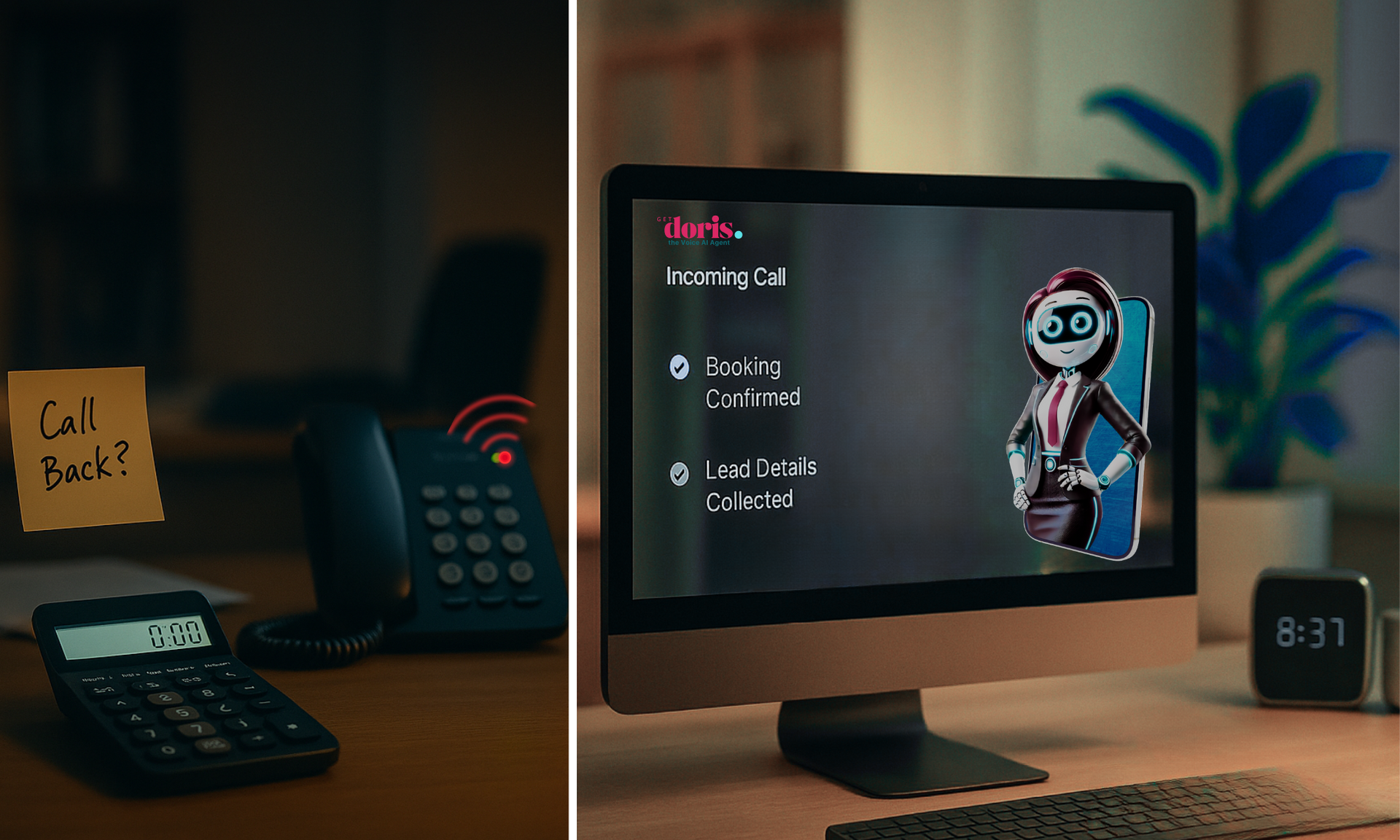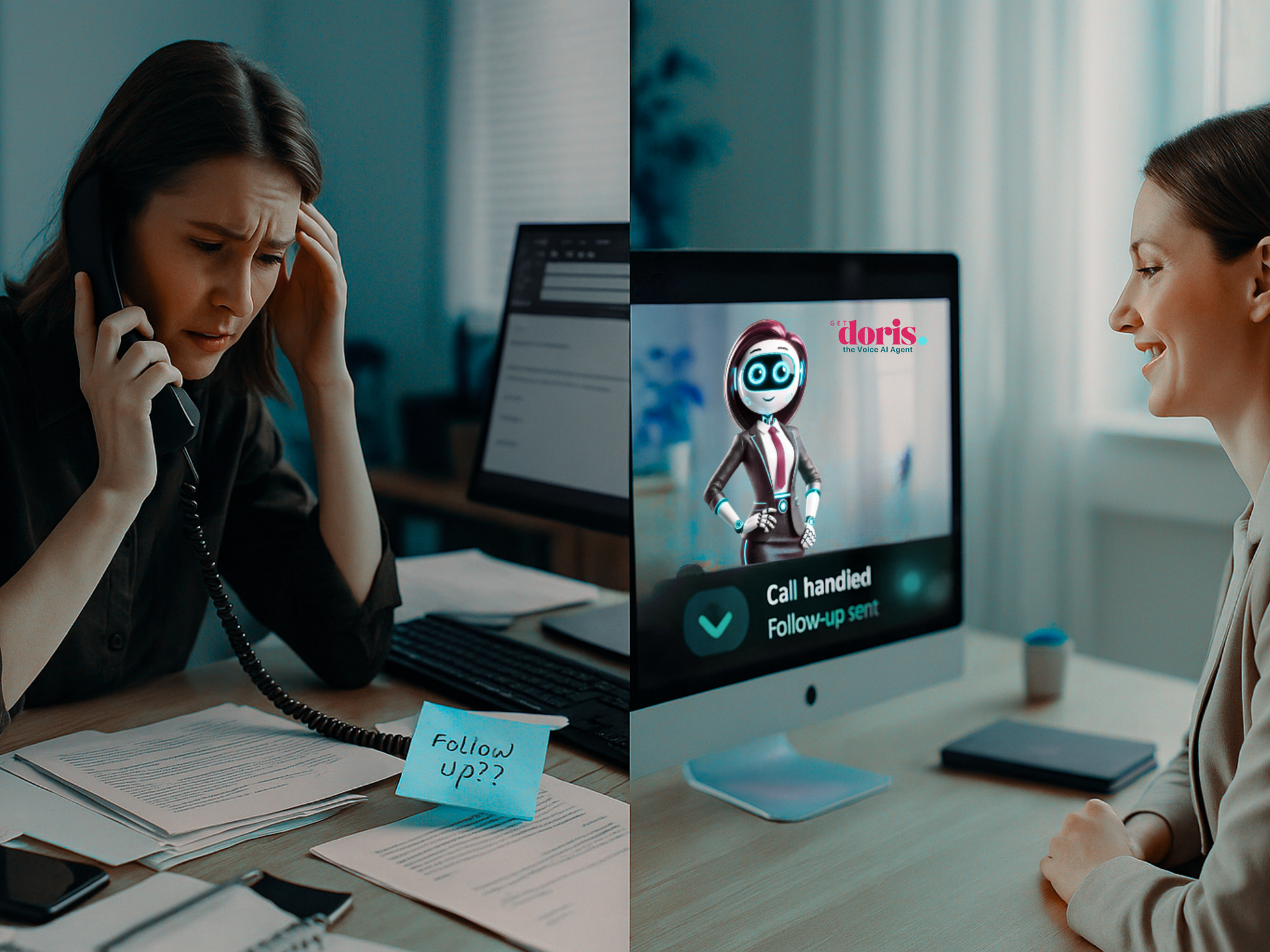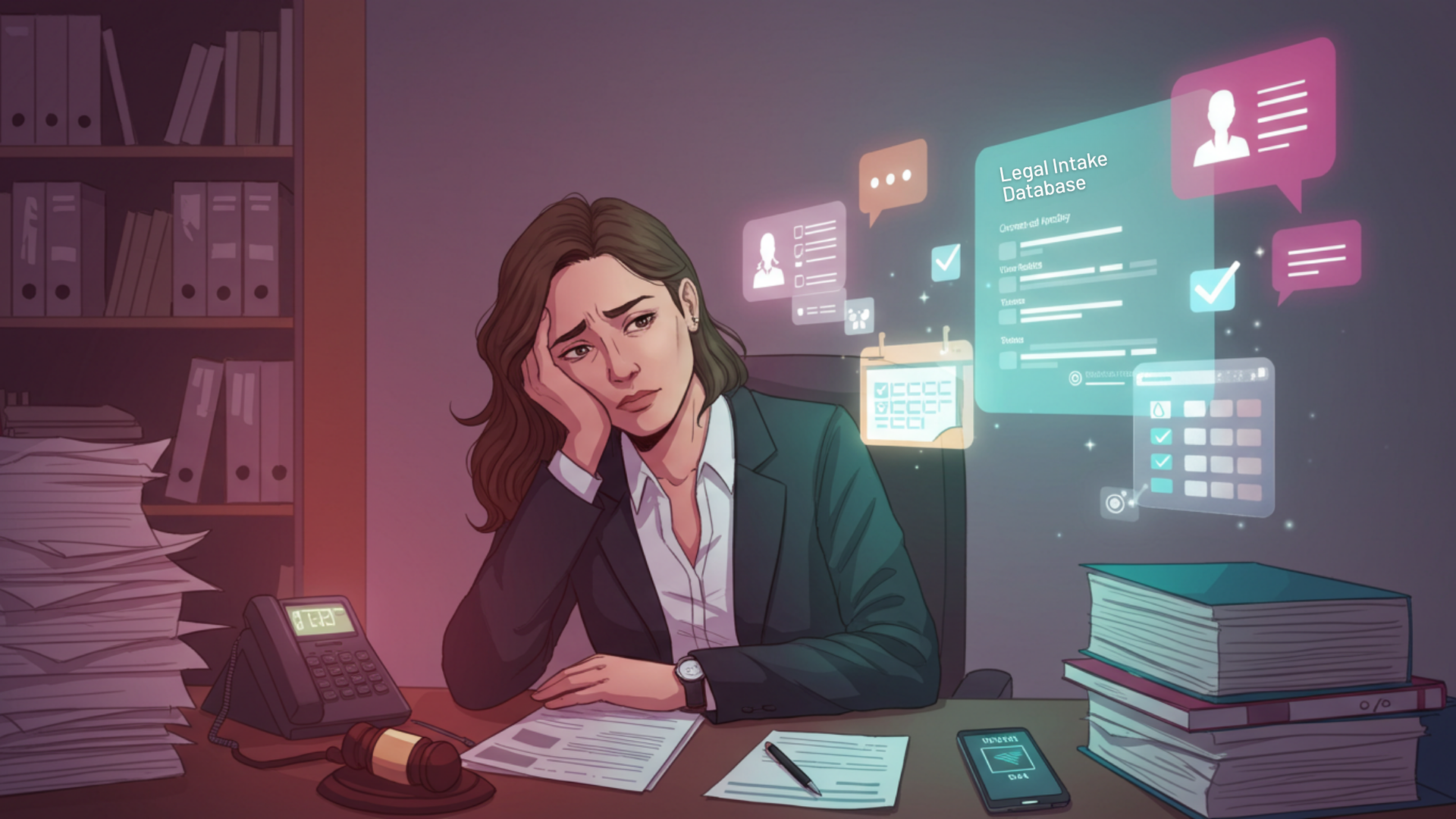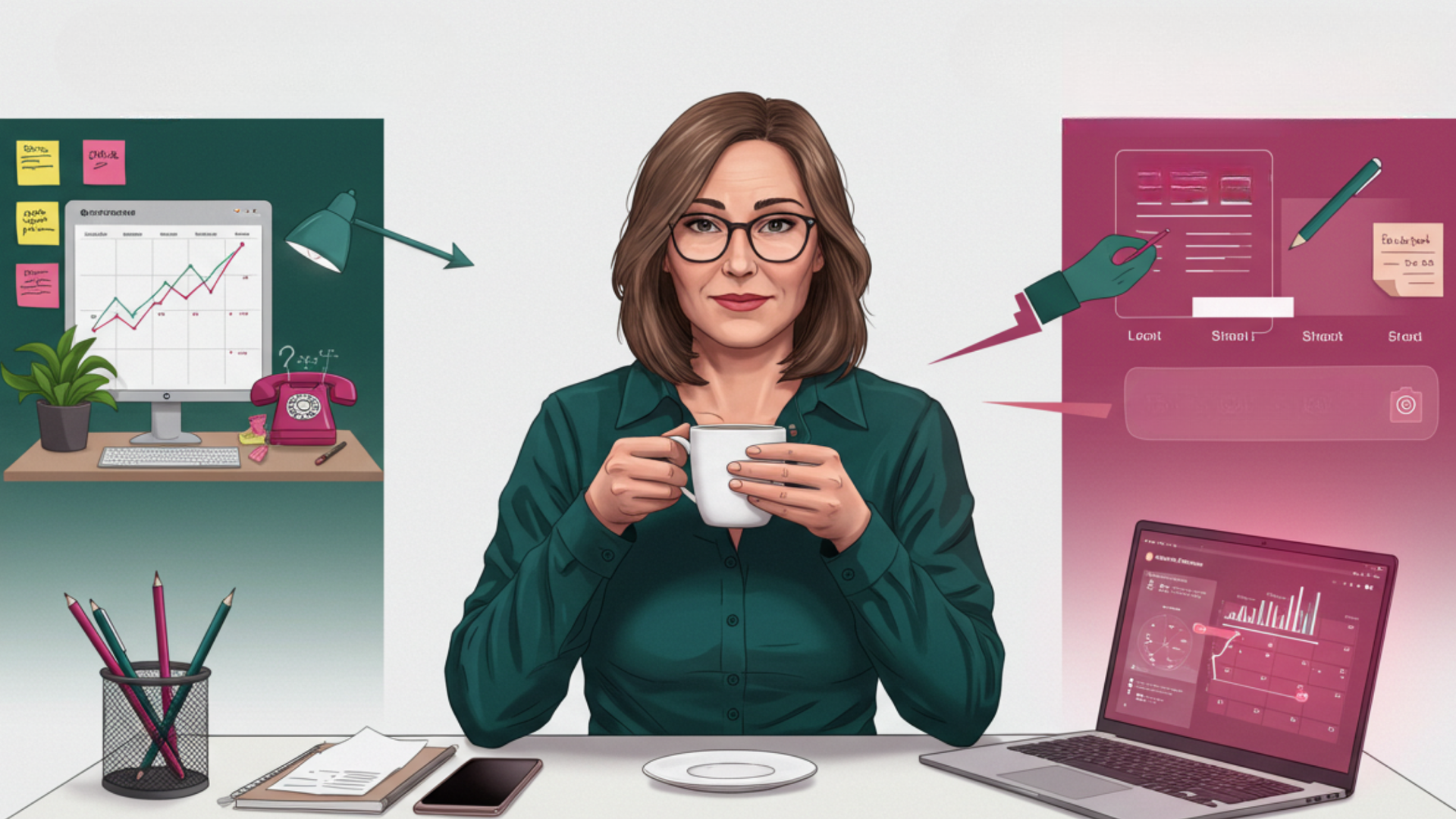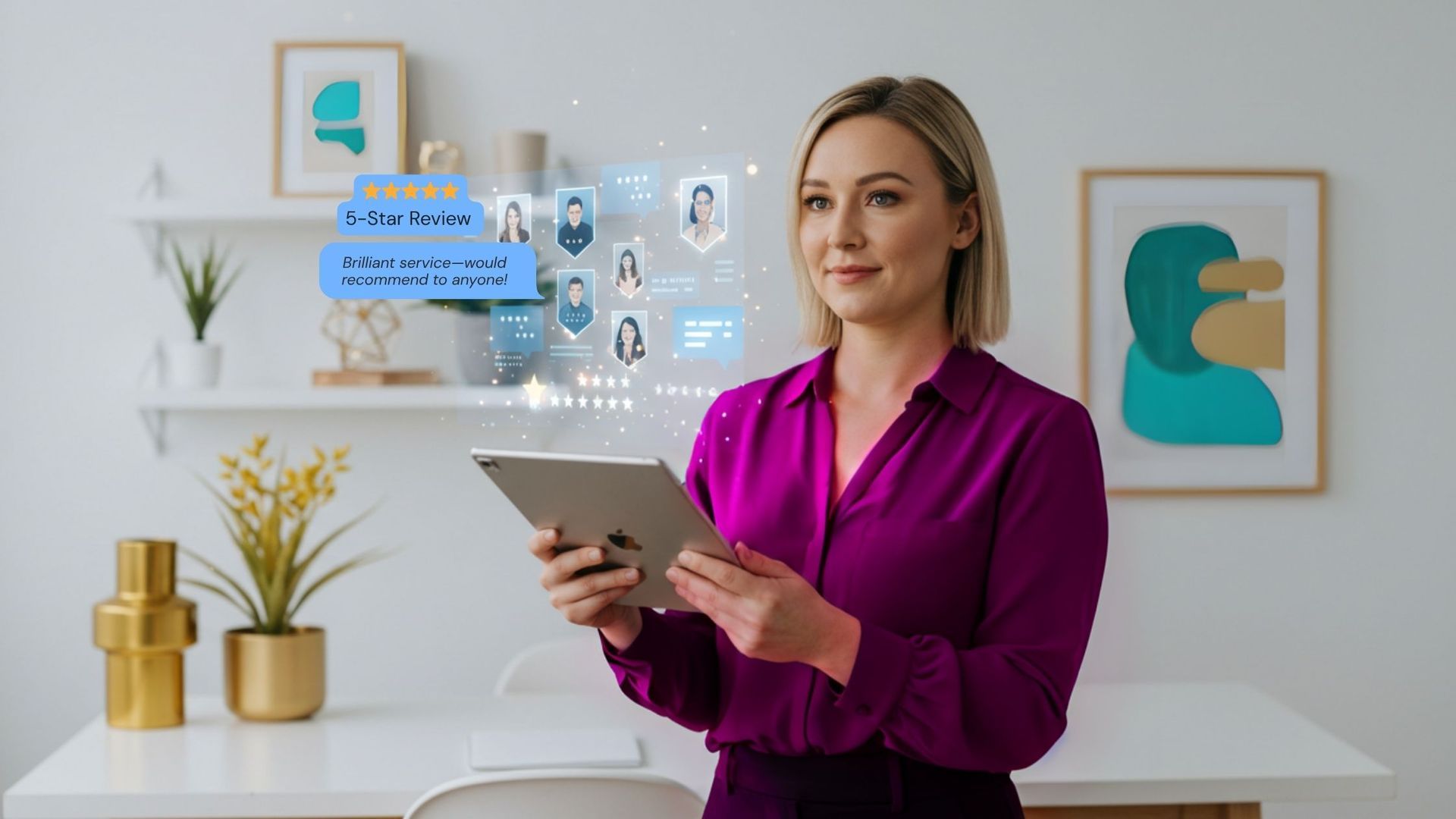The Future of Healthcare Communication: How AI Is Creating Calmer Clinics and Happier Patients
Is your healthcare practice drowning in patient messages, appointment calls, and admin tasks?
If you find yourself nodding, you're not alone. Modern healthcare practices face an unprecedented communication challenge that's affecting both patient care and staff wellbeing.
The reality? Most practitioners now spend more time on administrative tasks than actual patient care. Staff feel overwhelmed by constant interruptions. Patients grow frustrated with delayed responses and busy phone lines.
But what if there was a better way? What if technology could handle the communication chaos, freeing your team to focus on what truly matters—exceptional patient care?
This post explores exactly what the future of healthcare communication looks like, and how forward-thinking practices are using AI to transform their patient experience and staff satisfaction.
Why Healthcare Communication Has Reached Crisis Point
Let's paint a picture that probably feels uncomfortably familiar...
It's Monday morning at your practice. Three phone lines are ringing simultaneously. Your receptionist is already on a call explaining a complicated billing question. Meanwhile, the patient portal has dozens of new messages from the weekend, two patients are waiting at the front desk, and a specialist is trying to reach you about an urgent consultation.
Sound about right?
Healthcare communication has become unsustainable for three critical reasons:
First, there's been explosive growth in communication channels. Twenty years ago, patients called your office or showed up in person. Today, they message through patient portals, email, text, social media, various apps, and still call and visit. Each channel creates its own workflow and response expectations.
Healthcare providers now manage communications across multiple platforms simultaneously. That's multiple separate inboxes to monitor, each filling up faster than the last.
Second, patient expectations have skyrocketed. Today's patients expect immediate responses to questions, 24/7 appointment scheduling, quick access to test results, detailed explanations of billing, prompt prescription renewals, and regular follow-up care.
These expectations clash with the reality of overwhelmed healthcare practices where staff are already stretched beyond capacity.
Third, we're facing an administrative staffing crisis. While patient communication demands have increased, finding and retaining qualified administrative staff has become increasingly challenging. This creates a perfect storm where there are more communications to manage with fewer people to handle them.
You can see the symptoms of this crisis in practices everywhere:
- Extended wait times for patient calls
- Delayed responses to patient portal messages
- Staff reporting communication tasks as their primary stressor
- Practitioners spending hours daily on admin instead of patient care
- Declining patient satisfaction despite quality clinical care
It's a system under stress, and traditional solutions aren't keeping pace.
Why Traditional Solutions Keep Failing Healthcare Practices
If you've tried to solve this communication challenge, you've likely attempted one or more of these approaches, only to find they create as many problems as they solve.
The "hire more staff" approach seems logical at first. More communications, more people to handle them, right? But this quickly becomes financially unsustainable. Each administrative staff member represents significant annual costs, yet can only handle one patient interaction at a time.
The "patient portal" solution was supposed to streamline communications. Instead, many practices found it created yet another channel to monitor, with its own workflow challenges and patient adoption issues. Staff now manage both phone and portal communications, often dealing with patients using both channels for the same query.
Outsourced call centres help with overflow but create new problems: lack of practice-specific knowledge, inconsistent patient experiences, minimal integration with clinical workflows, and ongoing costs that may not deliver proportional value.
The most common "solution" is simply pushing staff to handle more communications faster. The results are predictable: burnout, increased errors, higher turnover, and lower patient satisfaction.
There has to be a better way. And there is.
The Future is Here: How AI Healthcare Communication Works
What if there was a solution that could handle multiple simultaneous patient communications, provide immediate responses around the clock, and integrate with your existing systems?
This is what AI healthcare assistants are already doing for progressive practices today.
Here's what this revolutionary approach looks like in action:
Immediate Response to Every Inquiry Instead of patients waiting on hold or reaching voicemail, every call receives immediate attention from an AI assistant specifically trained in healthcare communications. The system can schedule appointments, answer common questions about services and procedures, take detailed messages for clinical matters, handle billing inquiries, and collect patient information—all with professionalism that matches your practice's standards.
Unified Communication Management AI doesn't just handle phone calls—it manages communications across all channels. Patient portal messages, emails, texts, website inquiries, follow-up reminders—all processed through a single, intelligent system rather than fragmented channels requiring separate attention.
Proactive Patient Engagement Advanced AI systems don't just react to incoming messages—they proactively manage patient relationships. They send appointment reminders, follow up after appointments, provide pre-procedure instructions, and send preventive care reminders. These touchpoints improve care outcomes while reducing inbound query volume.
Seamless Integration Unlike standalone solutions that create another system to manage, modern AI assistants integrate with your existing infrastructure. They can update patient records, access schedules for appropriate appointments, document communications, and sync with practice management software—eliminating double-entry and keeping all systems current.
What Healthcare Practices Are Experiencing with AI Communication
Practices implementing AI communication solutions report significant improvements across multiple metrics:
Operational Efficiency
- Dramatic reduction in call abandonment rates
- Substantially faster response times to patient inquiries
- Decreased administrative workload on existing staff
- Improved schedule optimization and reduced no-shows
Staff Satisfaction
- Reduced communication-related stress
- Ability to focus on in-person patient care
- Less time spent on repetitive administrative tasks
- Improved work-life balance
Patient Experience
- Immediate response to inquiries regardless of time
- Consistent, professional communication
- Better preparation for appointments
- Reduced frustration with busy signals or delayed callbacks
Financial Impact
- Reduced need for additional administrative staff
- Increased new patient acquisition through 24/7 availability
- Better schedule utilization
- Improved patient retention through enhanced communication
According to McKinsey's research on AI in healthcare, practices implementing AI solutions see measurable improvements in operational efficiency and patient satisfaction within the first quarter of implementation.
A Day in the Life of an AI-Enhanced Healthcare Practice
Let's walk through what a typical day looks like in a practice with AI-powered communication:
Before Office Hours (6:00 AM) A patient feeling unwell requests an appointment through your website. The AI assistant immediately books them into an available urgent slot, sends confirmation, and provides preparation instructions. The patient feels cared for before your office even opens.
Morning Opening (8:00 AM)
Staff arrive to find a comprehensive overnight summary: appointments booked, prescription refill requests organized, and any urgent messages appropriately escalated. Instead of starting behind, they're ahead of the day.
Peak Hours (9:00-11:00 AM) Multiple phone lines operate simultaneously. Every caller receives immediate attention—appointments are booked, schedules adjusted, and questions answered instantly. No hold music, no callbacks, no frustrated patients or staff.
Throughout the Day When specialists call about referrals while staff are busy with in-person patients, the AI collects relevant information and routes it appropriately. Post-procedure concerns are recognized and escalated based on symptom urgency. Routine inquiries are handled without interrupting clinical workflow.
After Hours (Evening) Appointment confirmations are sent automatically. The AI receives confirmations, manages cancellations, and fills open slots from waitlists. Tomorrow's schedule is optimised without staff involvement.
Late Evening/Weekend New patients researching providers can book appointments instantly rather than adding you to their "call tomorrow" list. You capture patients who might otherwise choose more accessible competitors.
Throughout this entire day, your staff focused on in-person patient care rather than juggling communications. No calls went unanswered. No patient experienced delays. No messages sat unaddressed.
The Evolution of Healthcare Communication
The healthcare industry stands at a crossroads. Practices can continue struggling with outdated communication systems that stress staff and frustrate patients, or they can embrace AI solutions that create calmer, more efficient environments.
The technology exists today to transform how healthcare practices communicate. AI assistants can handle routine inquiries, manage appointments, send reminders, and ensure no patient feels ignored or forgotten. This isn't about replacing human connection—it's about enhancing it by freeing staff to focus on meaningful patient interactions.
Forward-thinking practices are already experiencing the benefits: reduced staff burnout, improved patient satisfaction, better operational efficiency, and enhanced financial performance. The question isn't whether AI will transform healthcare communication—it's whether your practice will be an early adopter or play catch-up.
The future of healthcare communication is here. It promises calmer clinics, happier patients, and staff who can focus on what they love most about healthcare—caring for people.


